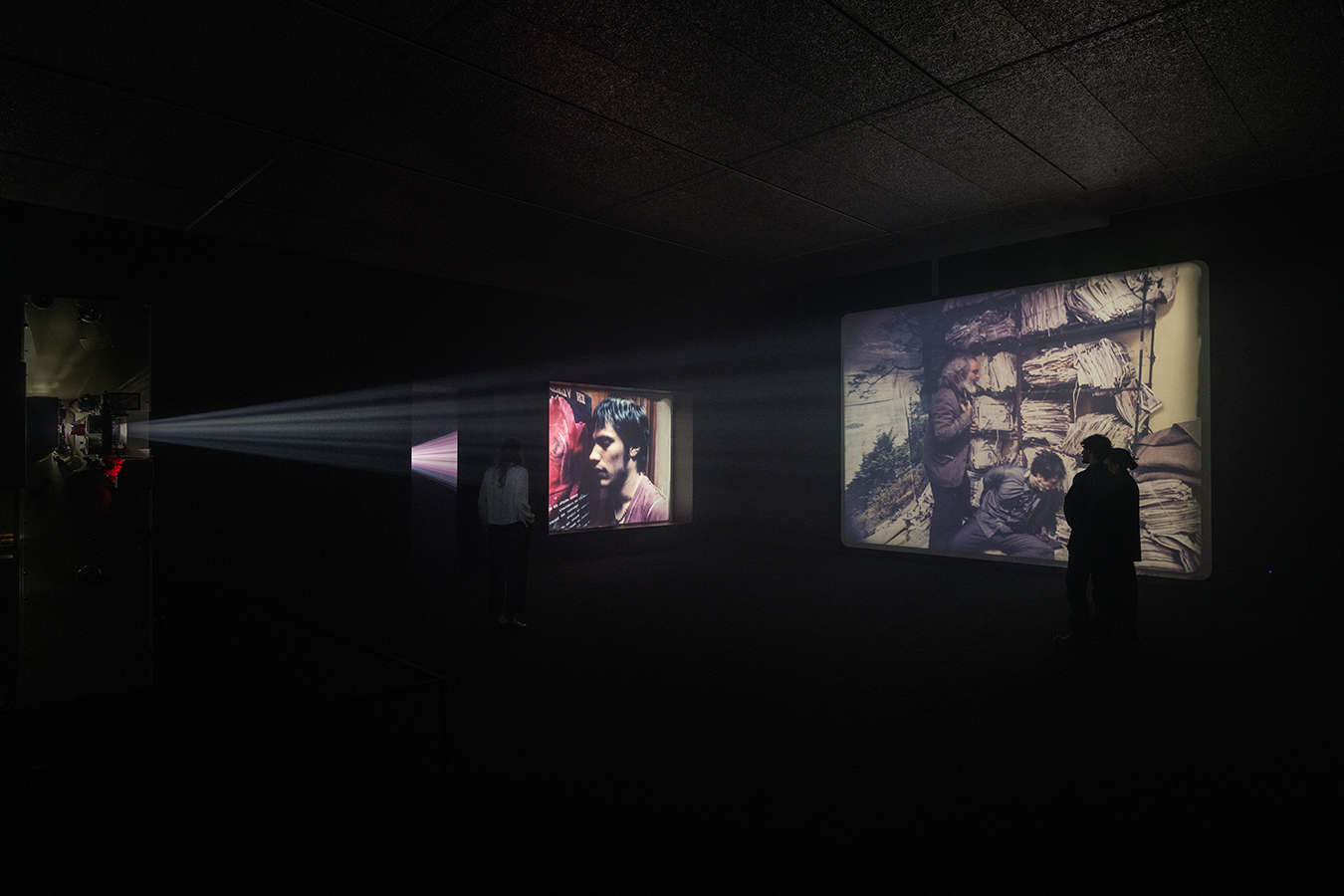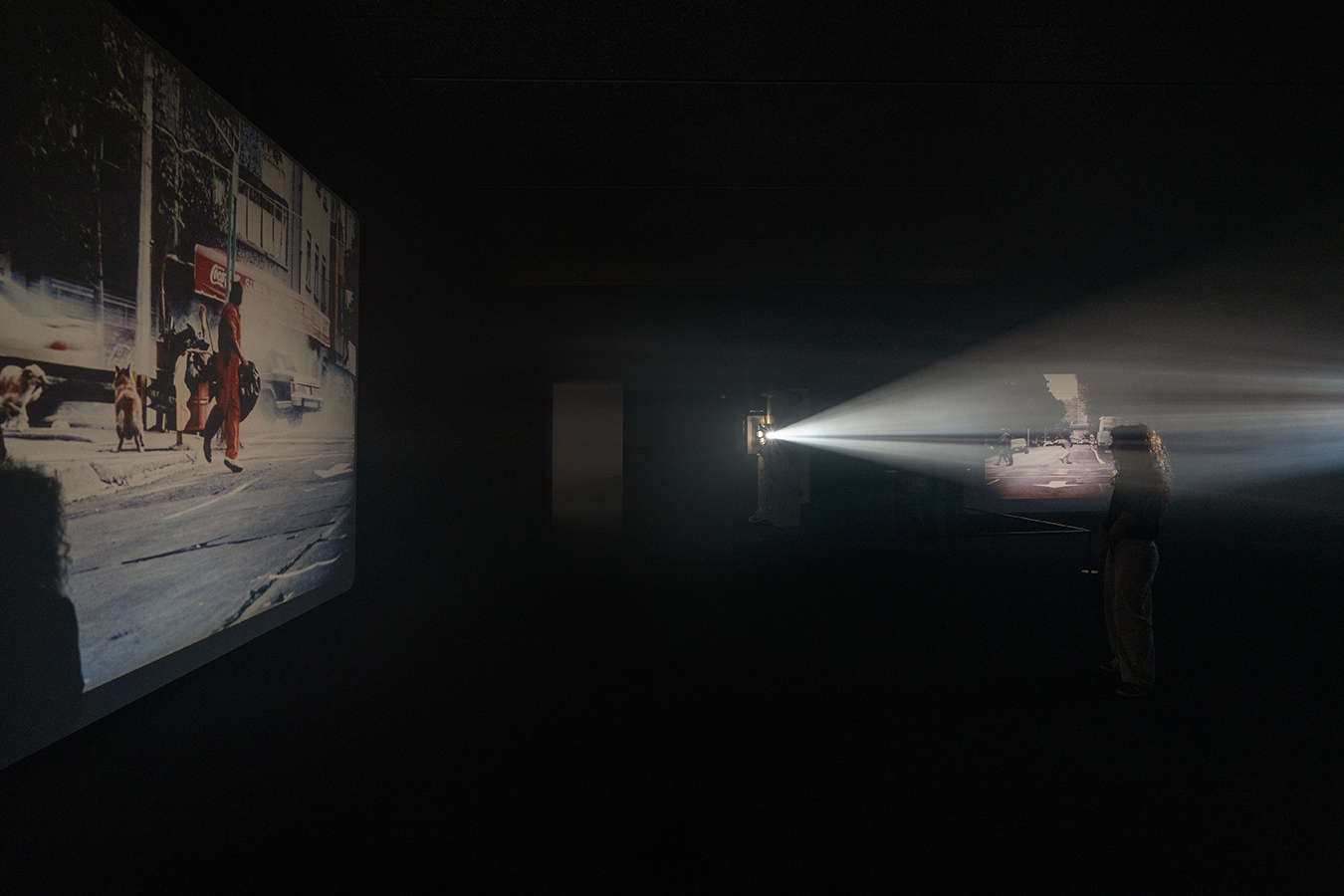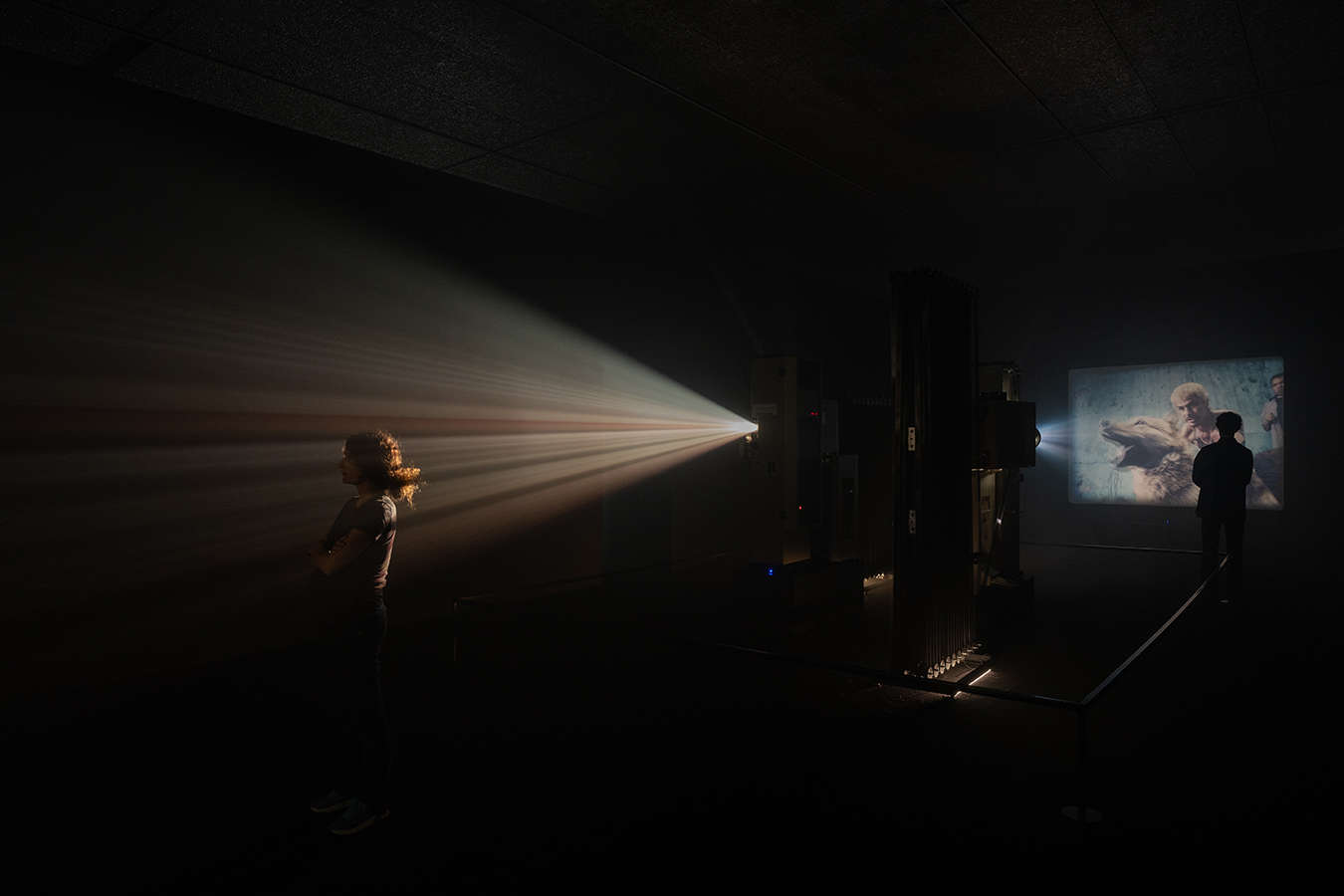The Fondazione Prada in Milan is hosting from September 18, 2025 to February 26, 2026 JuanVIlloro,, a multisensory installation marking the return of Oscar-winning Mexican director Alejandro G. Iñarritu to the spaces of the Milan institution. The exhibition represents the first opportunity for the public to engage with this new project, born from the intersection of cinema and visual arts, conceived on the occasion of the 25th anniversary of Amores Perros (2000), the debut film that imposed Iñárritu on the international scene. After Milan, the work will be presented in other major venues, including LagoAlgo in Mexico City, from October 5, 2025 to January 4, 2026, and the Los Angeles County Museum of Art (LACMA) in spring 2026.
This is not the first time Fondazione Prada has collaborated with Iñárritu. The link between the filmmaker and the institution dates back to 2009, with the film exhibition Flesh, Mind and Spirit made in Seoul and later brought to Milan in 2016. In 2017, the Milan venue had already welcomed CARNE y ARENA, an experimental virtual reality installation simulating the experience of migrants along the U.S.-Mexico border, which was included in the official selection of the Cannes Film Festival and awarded a special Oscar by the Academy.
At the heart of Sueño Perro is unedited footage dating back to the making of Amores Perros. Raw and intense sequences, excluded from the final cut and stored for twenty-five years in the film archives of the Universidad Nacional Autónoma de México (UNAM), resurface today to recount universal themes such as love, betrayal, and violence. Through fragments of film and an original soundscape, Iñárritu reconstructs a mosaic that restores the visual power of a work capable of reflecting on the social and political contradictions of Mexico City, still relevant a quarter of a century later.



The director explained the genesis of the project by recalling that over three hundred kilometers of film, equivalent to sixteen million frames, were left out of the film and forgotten in the archives. As Iñarritu states, "During the editing phase of Amores Perros over three hundred kilometers of film were cut and left on the editing room floor. These intensely charged images corresponding to sixteen million frames remained buried in the UNAM film archives for twenty-five years. On the occasion of the film’s anniversary, I felt it my duty to rediscover and re-explore these abandoned fragments, with their grain and the celluloid ghosts they contain. Stripped of all narrative, this installation is not a tribute, but a resurrection: an invitation to perceive cid that never was. And like meeting an old friend we have never seen before."
The exhibition route leads visitors into a semi-dark labyrinth, illuminated by 35mm analog projectors that broadcast a continuous stream of images. Sounds, scratches on the film and flashes of light between the reels emphasize the physicality of the medium, while an enveloping soundscape contributes to a suspended atmosphere. In an age dominated by artificial intelligence and digital dematerialization, Iñárritu invites us to rediscover the materiality and imperfection of celluloid as a space of memory and unrepeatable sensory experience.
The exhibition will take place on two levels within the Fondazione Prada’s Podium. The ground floor will host Iñárritu’s installation, while the second floor will host an installation curated by Mexican writer and journalist Juan Villoro, entitled Mexico 2000: The Moment that Exploded. Through a selection of newspaper clippings, documentary photographs by authors such as Paolo Gasparini, Graciela Iturbide, Enrique Metinides and Pedro Meyer, chosen by curator Pablo Ortiz Monasterio, and a specially conceived audio track, the audience will be transported to the historical and cultural context in which Amores Perros was born.
Villoro interprets the film as a work deeply rooted in Mexico’s historical moment at the turn of the new millennium. Indeed, the year 2000 marked the end of the political monopoly of the Partido Revolucionario Institucional, in power for 71 years, and the beginning of a season of democratic hope. But behind the illusion of renewal lay a reality marked by inequality, corruption and violence. For Villoro, Amores Perros, filmed during that transitional phase, represented not so much the closing of an era as the beginning of a collapse, the echoes of which remain disturbing and still relevant today. As Juan Villoro explains, "Amores Perros can be placed in a precise historical moment. In the canonical year 2000, Mexico was going through a rare and long-awaited moment of hope: after 71 years in power, the Partido Revolucionario Institucional had lost the presidential elections and the country was preparing to discover a true democracy. At the same time, the Mexican reality presented itself as a landscape of inequality, corruption and violence."
Complementing the project, a special edition of the book Amores Perros co-published by MACK and Fondazione Prada will offer extensive insights into the film’s visual language and the director’s creative process. The volume will include backstage images, stills, storyboards, and contributions from prominent auteurs and filmmakers, including Walter Salles, Denis Villeneuve, Wendy Guerra, Jorge Volpi, and Elvis Mitchell. An unpublished text by Iñárritu and an introduction by Miuccia Prada will enrich the publication, along with an intervention by Fernando Llanos, author of the original storyboards.
 |
| Milan, Fondazione Prada hosts an installation by Alejandro Iñárritu: Sueño Perro |
Warning: the translation into English of the original Italian article was created using automatic tools. We undertake to review all articles, but we do not guarantee the total absence of inaccuracies in the translation due to the program. You can find the original by clicking on the ITA button. If you find any mistake,please contact us.